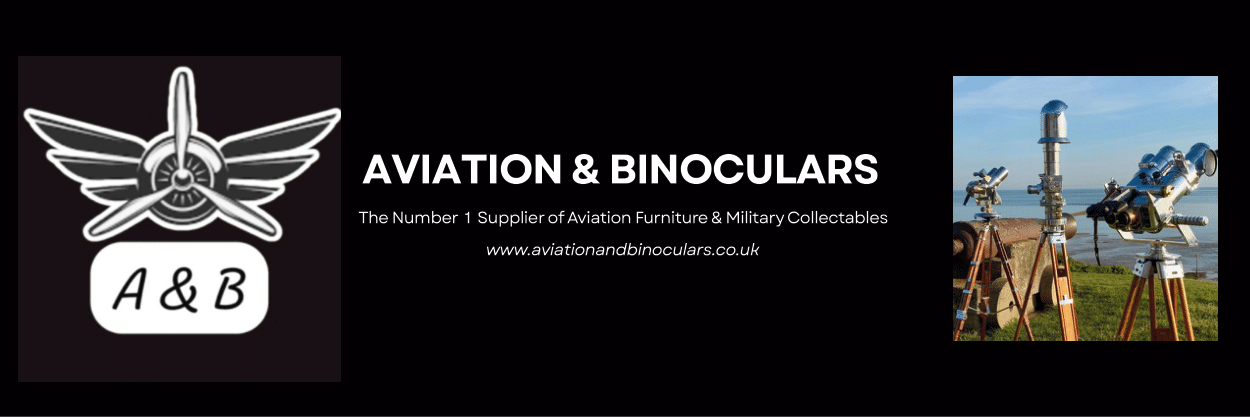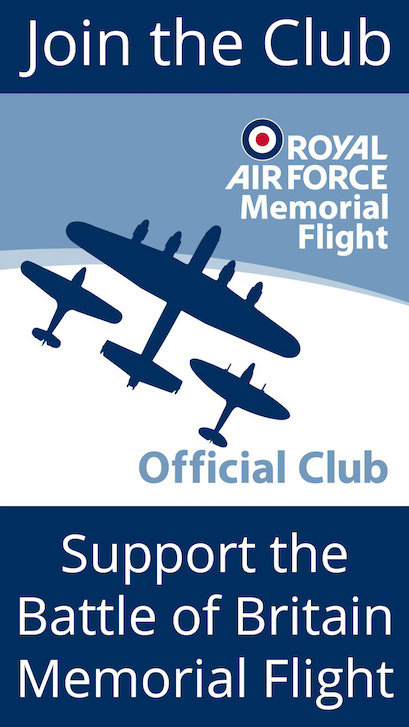19th November 1940 – First Beaufighter night radar kill
Header image: Bristol Beaufighter Mk 1F night fighter of 604 Sqn, as flown by John Cunningham.
85 years ago, this month, Britain was under aerial siege with ‘The Blitz’ in full swing. The sustained, indiscriminate, nightly bombing campaign by the Germans against British towns and cities, which became known as ‘The Blitz’, lasted from September 1940 to May 1941.
London was bombed more heavily and more often than anywhere else in Britain, but the Blitz was an attack on the whole country and very few areas were left untouched by air raids. In relatively small compact cities, the impact of a severe air raid could be devastating. From mid-November 1940, major provincial cities and industrial centres were targeted, such as Coventry, Birmingham, Bristol and Liverpool. In the eight months of attacks, some 43,000 British civilians were killed and perhaps three time that number were injured. One of every six Londoners was made homeless at some point during the Blitz, and at least 1.1 million houses and flats were damaged or destroyed.
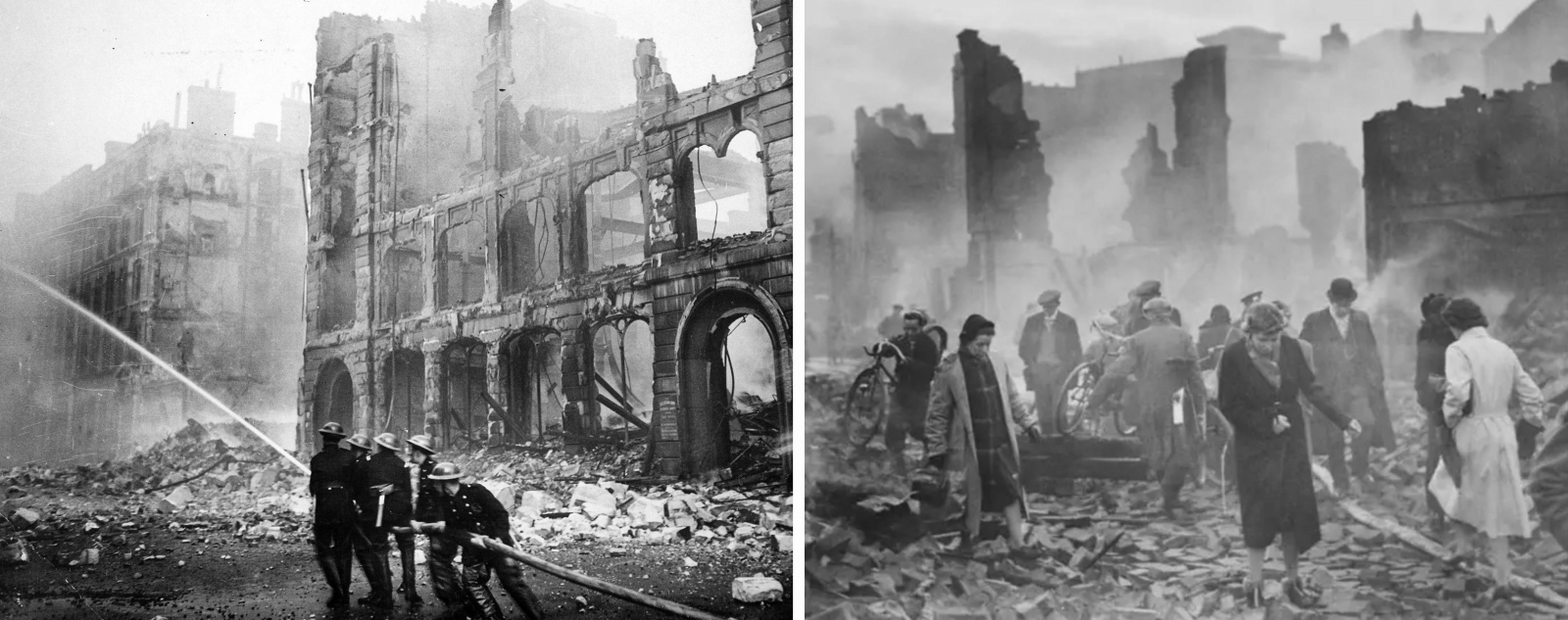
Initially, British air defences struggled to counteract the night air raids, most of the RAF night fighters were not radar equipped and the ground radar was not accurate enough to get the fighters close enough to the German bombers to be able to see them in the dark. In November and December 1940, the Luftwaffe flew 9,000 sorties against British targets and RAF night fighters claimed only six shot down. However, things were about to improve, and it was radar that proved to be the critical weapon in the night battles over Britain.
A few night victories against German bombers were achieved by twin-engine Bristol Blenheims equipped with early Aircraft Interception (AI) radar, the first on the night of 22nd/23rd July 1940 when a Blenheim Mk 1F flown by Flying Officer Glyn “Jumbo” Ashfield and his crew from the Fighter Interception Unit shot down a Dornier Do 17Z. This was the first successful airborne radar-guided interception kill in history, a breakthrough that demonstrated the viability of airborne radar and marked the beginning of a new era in aerial warfare. In the months that followed, Blenheim night fighters recorded some further victories, but the Blenheim was really too slow to catch many of the German bombers and was relatively lightly armed.
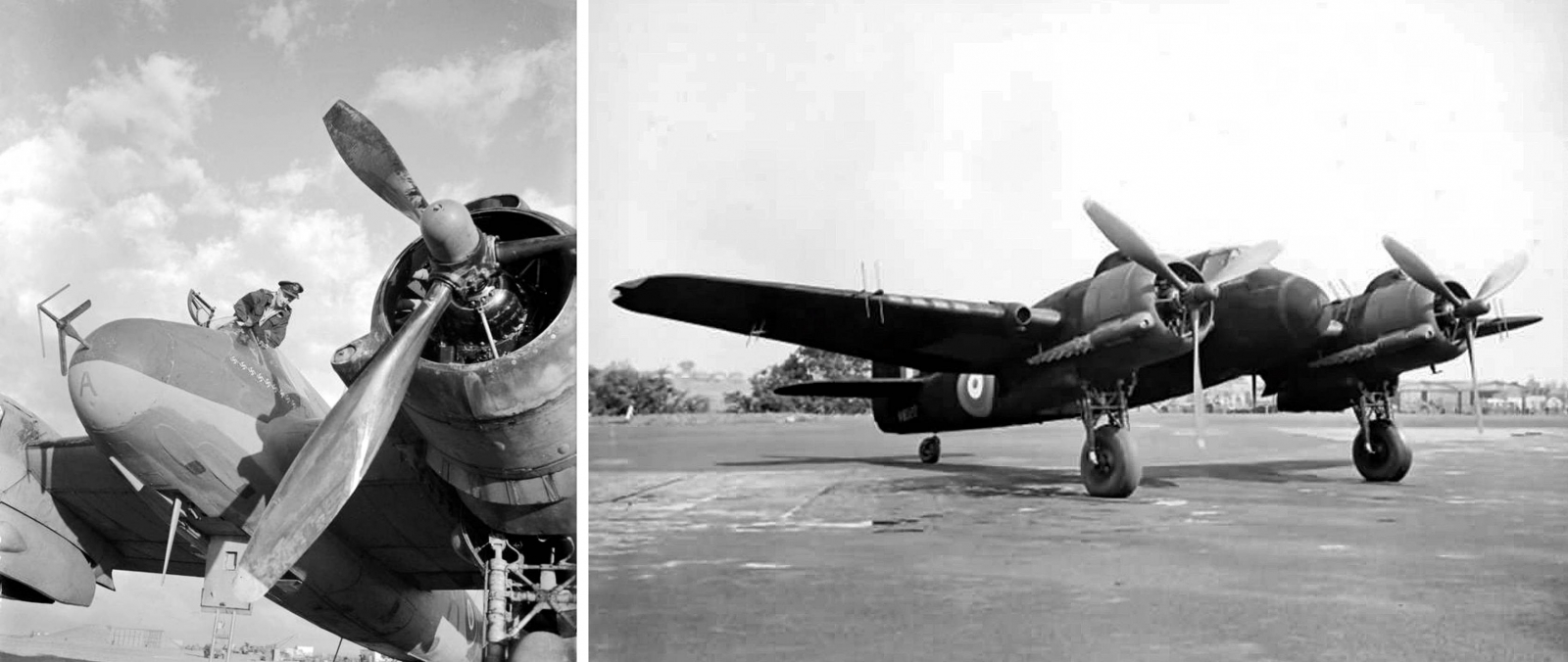
The Bristol Beaufighter Mk 1F twin-engine heavy fighter, equipped with AI Mk IV radar, began to enter service in September 1940 with 25, 29, 219 and 604 Squadrons, to replace the Blenheims. The Beaufighter had a maximum speed of 320 mph and was heavily armed with a battery of four 20 mm Hispano cannon in the nose and six 0.303 Browning machine guns in the wings (four in the starboard wing and two in the port), making it much more lethal. The Mk IV AI radar required considerable skill by the radar operator to interpret the displays and talk his pilot onto an airborne target, but an expert crew could achieve results.
On the night of 19-20th November 1940 a Beaufighter 1F of 604 Squadron, flown by future high-scoring night fighter ace Flight Lieutenant John Cunningham and radar operator Sergeant John Philipson, was on patrol from the squadron’s base at Middle Wallop. Philipson detected a target on his AI radar and guided his pilot to intercept a Junkers Ju 88. Opening fire from astern with a six to seven second burst, Cunningham’s cannon and machine-gun rounds struck the Junkers in several places, mortally wounding one of the crew and setting fire to the starboard engine. The German pilot tried to head for home, but over the Sussex coast he had to order the remaining crew to abandon the aircraft. The pilot and the wireless operator parachuted safely onto land and sat out the rest of the war as POWs, but the other crew member was blown out to sea and perished in the cold waters of the English Channel. The Ju 88 crashed near East Wittering at 00.35 hours on 20th November. Although the Beaufighter crew did not see their victim crash, following an examination of the wreckage they were officially credited with one Ju 88 destroyed by radar interception. To them goes the credit for the destruction of the first enemy aircraft by a radar equipped Beaufighter. It was the start of things to come.
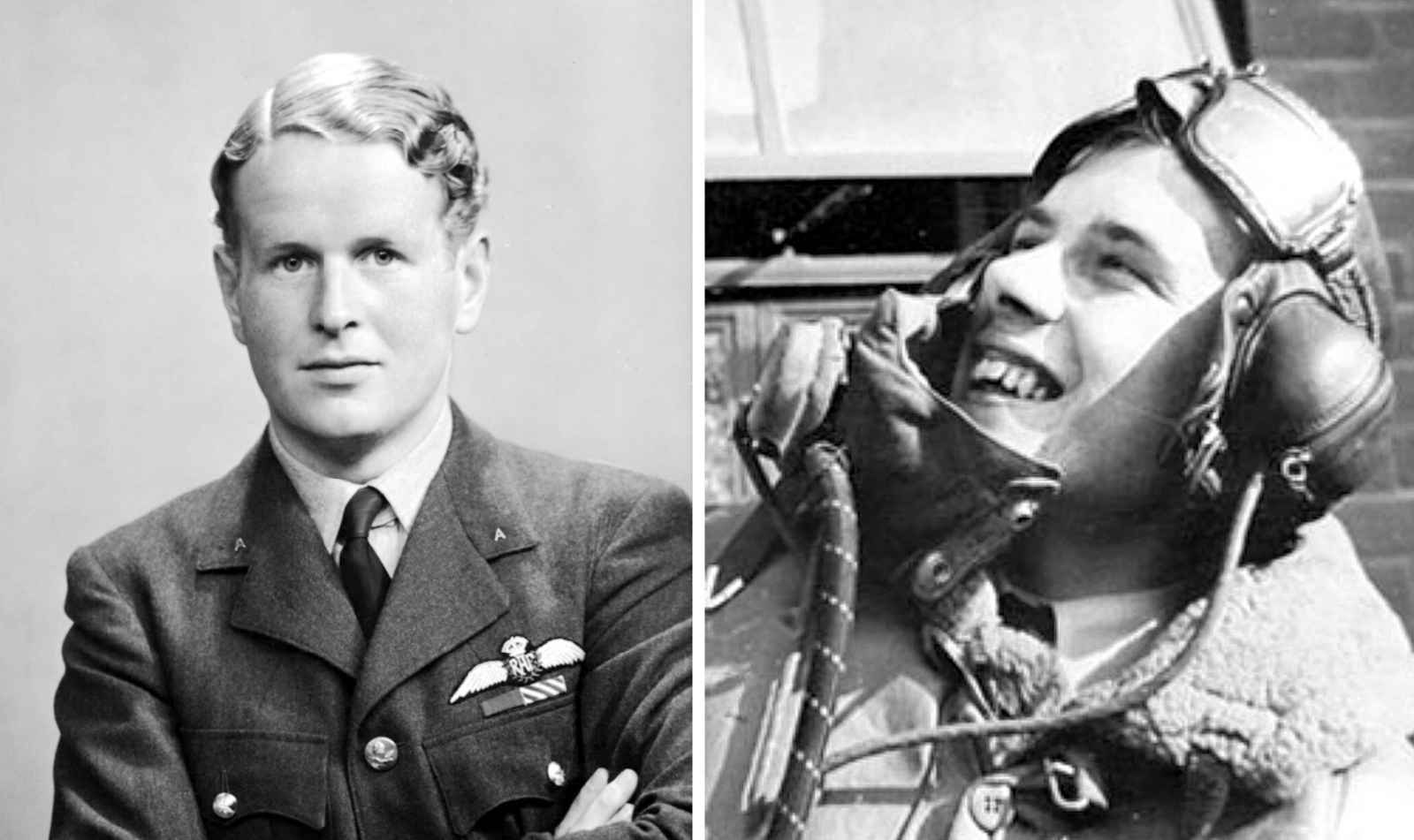
During the remainder of the Blitz, 604 Squadron Beaufighters shot down 36 enemy aircraft at night and claimed many more probably destroyed or damaged. By May 1941 the situation for Fighter Command had changed dramatically, with five Beaufighter squadrons assigned to night defence and more to be added later. With its reasonably reliable AI Mk.IV radar, when flown by experienced crews and directed by an expanded and improved Ground Controlled Intercept (GCI) network, the Beaufighter represented a quantum leap in night-fighting capability. For the Germans the increasing number of losses on their night bombing campaign became too much to bear and the Blitz came to an end.
John “Cats Eyes” Cunningham’s combat career eventually ended with 20 aerial victories (19 at night), plus three ‘probables’ and six damaged, flying Beaufighters and Mosquitoes. All but three of his kills were achieved when partnered with radar operator Jimmy Rawnsley. Both survived the war. Group Captain John Cunningham CBE DSO and Two Bars, DFC and Bar died in 2002, aged 84. His radar operator Flight Lieutenant Jimmy Rawnsley DSO DFC DFM and Bar died in 1965 aged 60. Sadly, Warrant Officer John Philips DFC, with whom Cunningham scored the first Beaufighter AI victory, was killed in the Middle East in January 1943 when his Beaufighter crashed in a sandstorm after an engine failure.

